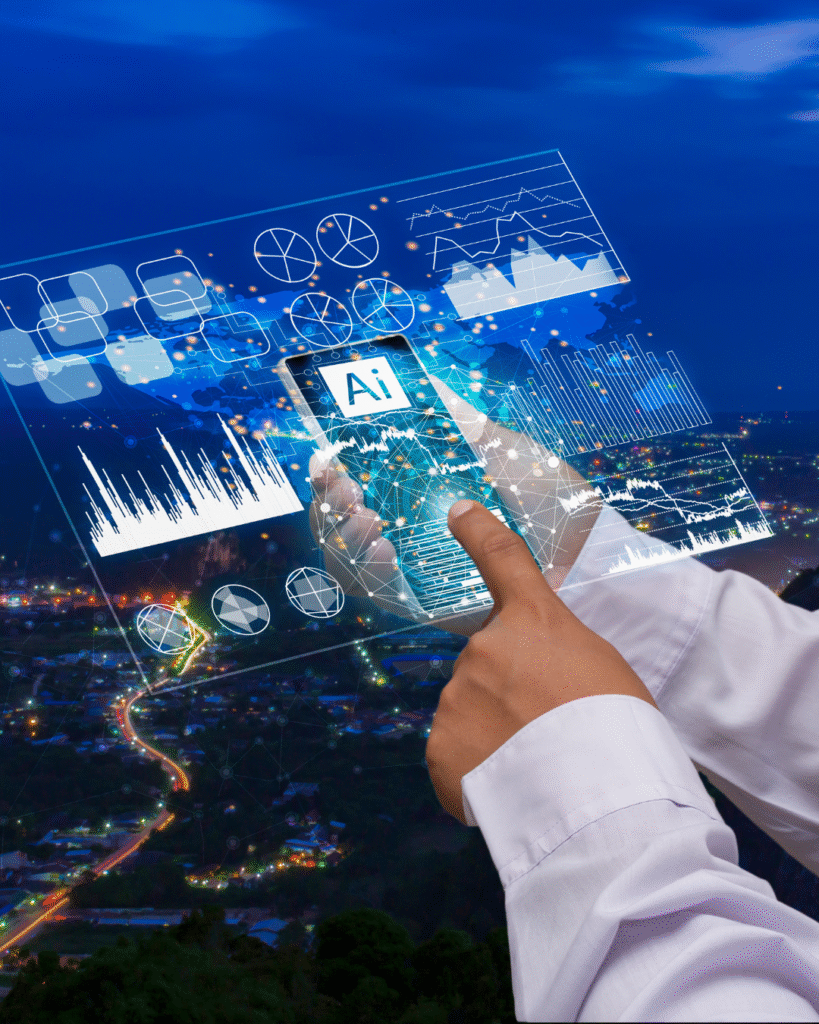Can technology learn empathy? And can EMRs ever truly feel like they belong?

In the hush before dawn, a doctor’s hand hovers over a screen searching, scrolling, hoping. Across the ward, a nurse pauses at the bedside, guilt tugging at her heart as she exchanges intimacy for input. Between those keystrokes and that quiet compassion lies a question older than wires: Can machines learn to feel?
1. The Soft Echo in the Circuit
When Hospital X rolled out its new EMR, it promised speed templates, checkboxes, and drop down menus. What they didn’t anticipate was the ache in every click, as if each form field chipped away at human connection. So a small team of developers and clinicians came together. They replaced sterile prompts with patient narratives: “How did Mrs. Alvarez sleep last night?” instead of “Enter sleep quality.” In those few words, the interface began to listen not just to data, but to the pulse of care itself.
2. Stories Inked in Pixels
Consider the young intern who typed her way through rounds, missing the tremor in a patient’s voice. The EMR’s new voice‑recognition feature captured her spoken observations and the catch in her tone, translating them into emotional annotations: “Observe for anxiety.” It didn’t just log facts; it preserved feeling. The next morning, that patient found a chair by the window and a doctor who remembered her fear as vividly as her fever.
3. When Alerts Become Gentle Reminders
In a busy ICU, urgent beeps can overwhelm. One hospital reimagined its alert system with colour and cadence inspired by lullabies: soft amber pulses for caution, rhythmic teal for trending stability, and only the starkest red for true emergencies. Nurses report feeling less ‘alert alarm fatigue’ and more like part of a chorus, each notification a note in a song of vigilance and care.
4. The Shared Pulse of Progress
Across the country, community clinics partnered with patients to rewrite the language of portals. Instead of “View Lab Results,” they offered “Your Body’s Voice.” Patients could add photos of their meals or notes on their moods, turning sterile labs into stories of healing. A diabetic teenager in Ohio drew emojis to describe his sugar crashes; his doctor saw them not as numbers, but as moments in a life lived.
5. Belonging in a World of Machines
Empathy in EMRs isn’t magic; it’s mindful design. It comes when developers step into scrubs, when engineers sit beside bedsides. It sparks when a system remembers that every record represents a life that breathes, laughs, and aches.
In that convergence between code and care, EMRs find their true home. They don’t replace the human heart; they echo it, amplifying our capacity to listen, to remember, and to heal.
Beyond checkboxes and charts, we discover that technology can indeed learn empathy when we teach it the language of the human soul.
